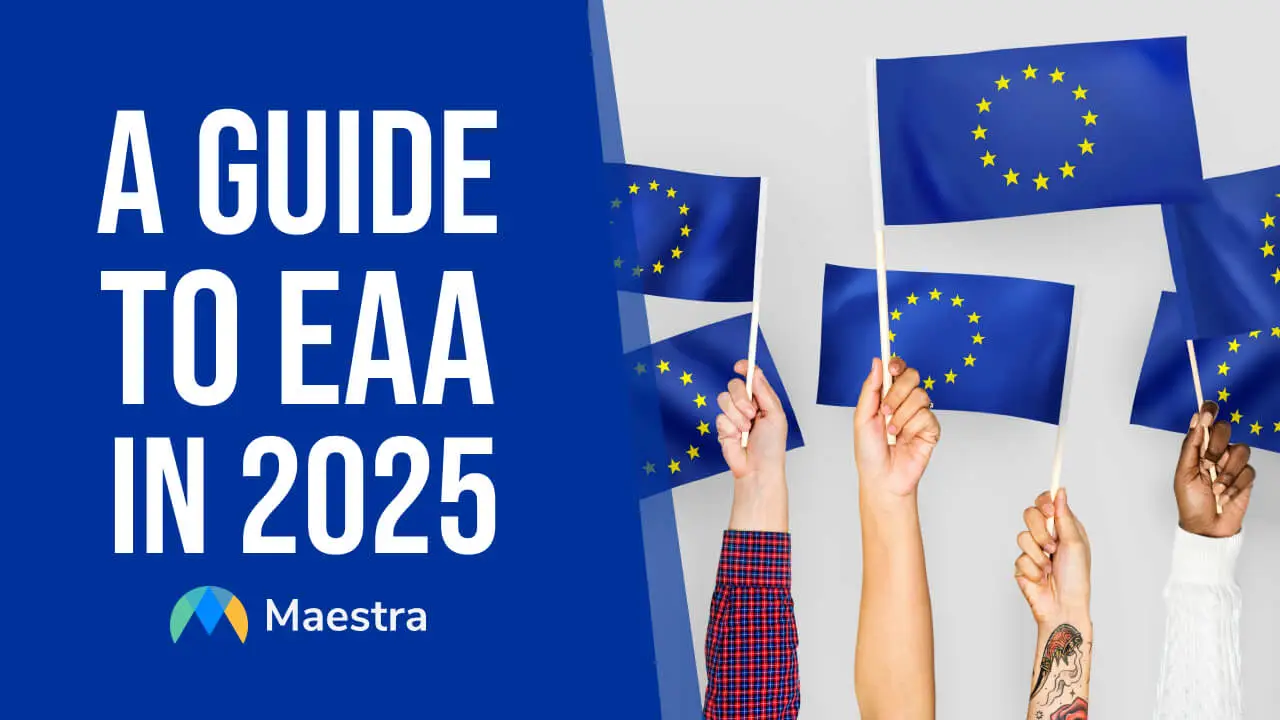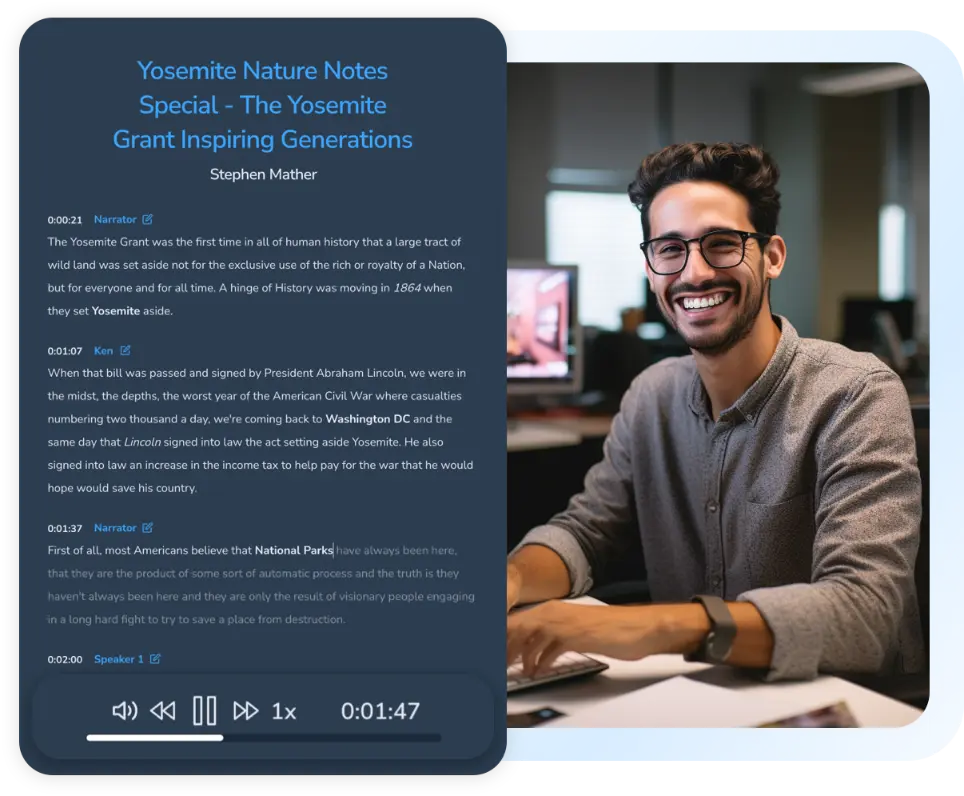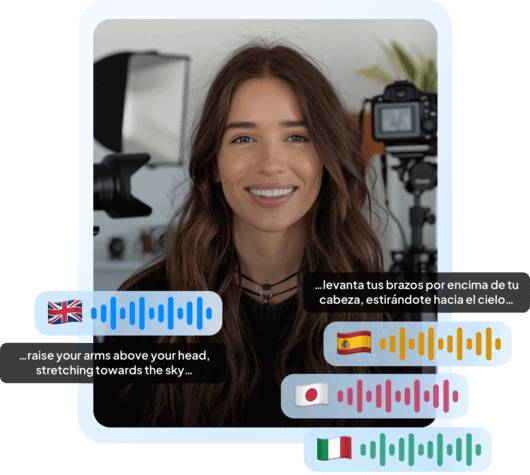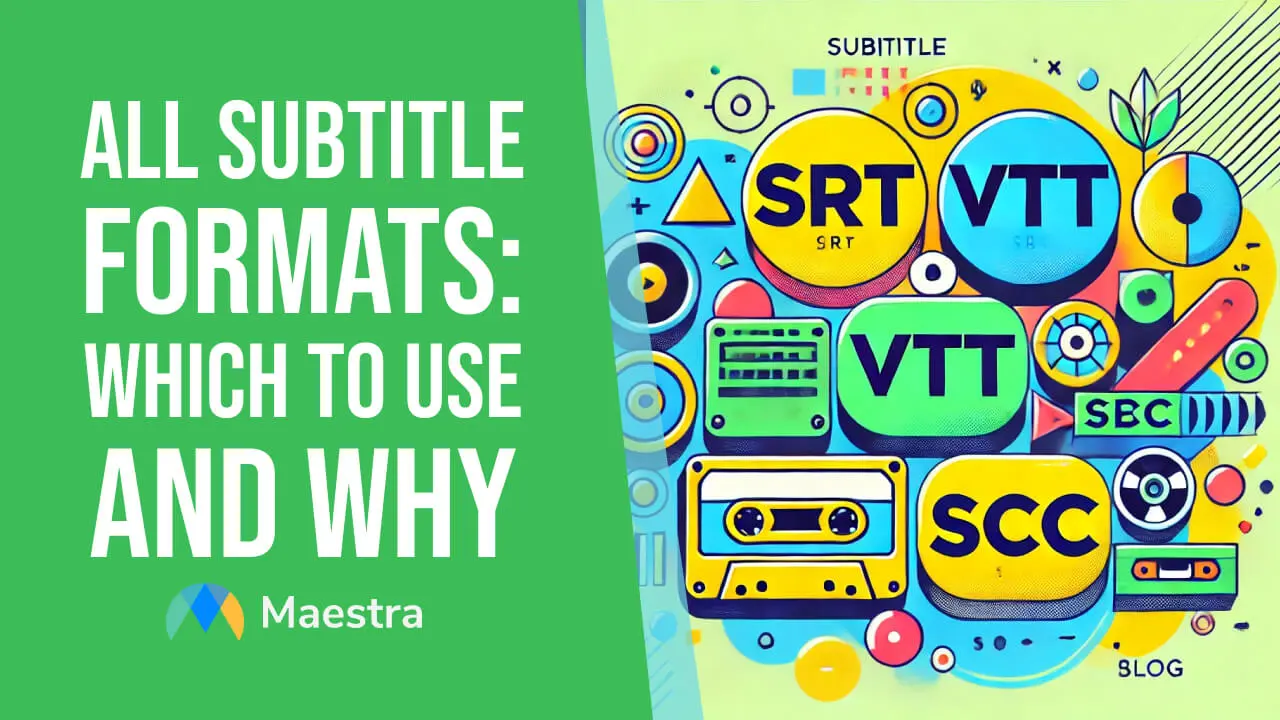What is the European Accessibility Act? Your Guide to EAA 2025

The European Accessibility Act, set to take effect in June 2025, will bring substantial benefits to both consumers and businesses alike. Individuals with disabilities will experience enhanced access to a wider range of products and services, fostering greater independence and participation in society. Meanwhile, businesses will expand their customer base and demonstrate their commitment to inclusivity, which can lead to long-term growth.
In this blog, we will:
Let’s get started.
What is the European Accessibility Act?
The European Accessibility Act (EAA) is a law introduced by the European Union to make life easier for people with disabilities. It sets rules for certain products and services (both public and private) so they are accessible to individuals with mobility, vision, hearing, or cognitive impairments.

The Act aims to remove barriers for people with disabilities, giving them the chance to live more independently and equally. By harmonizing accessibility standards, it also facilitates the trade of these products and services across EU member states, fostering growth and a competitive, unified market.
The products and services covered by the European Accessibility Act include:
Here is the directive document for the European Accessibility Act.
There is also a fact sheet that summarizes key points and benefits of the Act.
Improve Web Accessibility with Maestra
Who does the EAA apply to?
The European Accessibility Act applies to a wide range of businesses and organizations operating within the EU:
The Act covers a broad spectrum, including private businesses, government agencies, and non-profit organizations.

When does the EAA apply?
The European Accessibility Act will start applying on June 28, 2025. This deadline gives organizations time to align their offerings with the required standards.
Here’s a timeline regarding EAA’s implication:
In short, the EAA primarily applies to products and services introduced after June 28, 2025.

How to Implement the European Accessibility Act
Whether you’re updating your digital services or refining your physical products, implementing the European Accessibility Act requires careful planning and attention to detail. The following five steps provide a brief framework for securing compliance and boosting accessibility. Yet for the most effective results, we recommend following official guidelines specific to your product or service.
Understand the Act’s Scope
You must first understand the full scope of the Act to ensure you address all relevant areas in your compliance efforts.
Conduct an Accessibility Audit
Conducting an accessibility audit will help you evaluate your current products, services, and digital platforms against the European Accessibility Act requirements.

Develop Your Action Plan
The next step is to develop a clear action plan that outlines steps, responsibilities, and deadlines, providing a roadmap for implementing accessibility changes effectively.
Sample action plan for a website:
| Goal | Responsible | Deadline | Budget |
|---|---|---|---|
| Add transcripts to all videos | Content Manager | [Date] | $500 (for transcription software) |
| Add captions to all videos | Video Editor | [Date] | $500 (for captioning software) |
| Add alt text to all the images on the website | Content Manager | [Date] | $300 (for alt text audit tool) |
| Ensure compatibility with screen readers | Front-End Developer | [Date] | $400 (for testing and optimization) |
| Ensure color contrast meets WCAG standards | Web Designer | [Date] | $200 (for contrast checker tool) |
| Ensure all interactive elements are keyboard accessible | UX Designer | [Date] | $350 (for testing and updates) |
| Create accessible error messages and form validation | Front-End Developer | [Date] | $250 (for development and user testing) |
Implement Accessibility Features
With your action plan in place, you can now focus on implementing necessary changes and testing each feature to adhere to European Accessibility Act guidelines.

Monitor and Improve Periodically
Meeting the EAA requirements isn’t a one-time task; you must monitor your products and services on an ongoing basis as new technologies and regulations come into play.
How to Use Maestra to Improve Accessibility
In the context of the European Accessibility Act, Maestra Tools can help you improve the accessibility of your digital content. Whether you’re creating videos, developing websites, or offering services, Maestra offers a wide range of AI tools, from transcription to voice cloning.
Transcription
With Maestra’s AI-powered transcription software, you can convert audio and video content into text quickly and accurately in 125+ languages. This will ensure that your multimedia content is accessible to individuals who are deaf or hard of hearing.
The European Accessibility Act requires text alternatives for any non-text content, so having transcriptions in place will support compliance, and make your content more inclusive and searchable.

Subtitles and Captions
Whether it’s a training video or entertainment content, you can use Maestra to generate auto subtitles with AI in 125+ languages. Plus, you can easily edit every aspect of the subtitles such as the font, size, positioning, and more. Feel free to convert existing subtitles into any format (SBV, SCC VTT, and more) and sync time-shifted subtitles for free.
Accurate captions will not only support users with hearing impairments but also help meet the EAA’s requirements for providing equal access to multimedia content across diverse audiences.

Translation, Dubbing, and Voice Cloning
Maestra’s AI video translator will allow you to effortlessly translate videos in 125+ languages. Using advanced speech synthesis technology, the tool has a diverse portfolio of realistic AI voices in different tones and styles. It also offers AI voice cloning, so you can regenerate your voice in 29 languages, and maintain consistency in your content.
Pairing AI voiceovers with subtitles will align with the EAA’s goal of eliminating barriers, making your content widely accessible to individuals with disabilities.

Real-Time Transcription and Translation
In addition to the tools mentioned above, Maestra also offers live captioning and translation software. While the former can be used to generate transcripts in real-time for free, the latter can be utilized to translate speech simultaneously in 125+ languages.
Coming with a Chrome extension, these tools let you transcribe and translate audio from your browser with high accuracy. Your files will be securely saved to Maestra at the end of each session for easy access and further editing if you wish.
While not explicitly required by the European Accessibility Act, Maestra’s real-time tools can boost accessibility for live scenarios, ensuring immediate inclusion for individuals with hearing impairments and non-native speakers.

Frequently Asked Questions
Is there a grace period for the European Accessibility Act?
Yes, there is a grace period for the European Accessibility Act. Products and services in use before June 28, 2025 have a grace period until June 28, 2030. This will allow businesses time to gradually phase out non-compliant products and services.
Does EAA apply to the UK?
The European Accessibility Act does not directly apply to the UK, as it is no longer a member of the European Union. However, the Act can still impact UK businesses in several ways. For example, UK companies exporting products and services must ensure compliance with the EAA to maintain market access and avoid potential trade barriers.
What is the UN accessibility policy?
The UN accessibility policy is designed to remove barriers and promote inclusion for people with disabilities in all aspects of its work. It emphasizes accessibility in both physical spaces and digital platforms for equal participation. The policy also aligns with international frameworks like the Convention on the Rights of Persons with Disabilities (CRPD).
What are the 4 guidelines of WCAG?
The Web Content Accessibility Guidelines (WCAG) consist of four key principles: Perceivable, Operable, Understandable, and Robust. Each principle focuses on a specific aspect of accessibility, making sure that users can perceive, understand, and navigate the content. By following these guidelines, developers can create digital content that is universally accessible.
What is the EU AI Act 2025?
The EU Artificial Intelligence Act is an initiative to regulate AI in the European Union, addressing the rapid advancements in AI technologies. It assigns different levels of risk to AI systems, with stricter rules for high-risk technologies like facial recognition. The law is designed to promote responsible AI development with the protection of individuals rights and freedoms.
Summary
This blog explained the European Accessibility Act, who it applies to, its timeline, and how businesses can prepare for compliance. The blog also highlighted how Maestra’s AI tools (such as transcription, captioning, and voice cloning) can help organizations meet accessibility requirements while fostering inclusivity.
Here are our three golden rules for implementing the European Accessibility Act in the most effective way:
Remember; compliance is just the beginning, as building truly inclusive products and services require constant effort and commitment.

